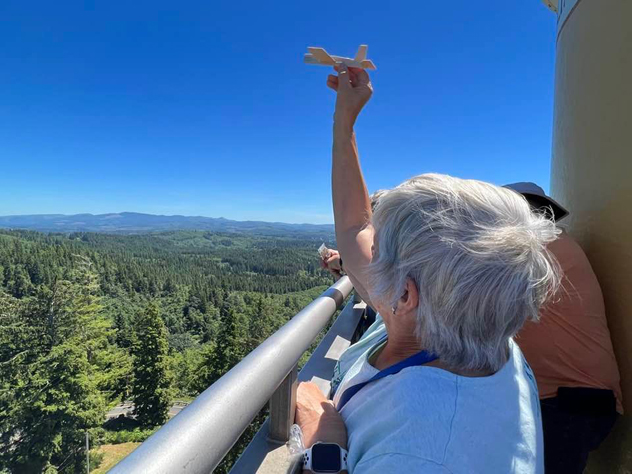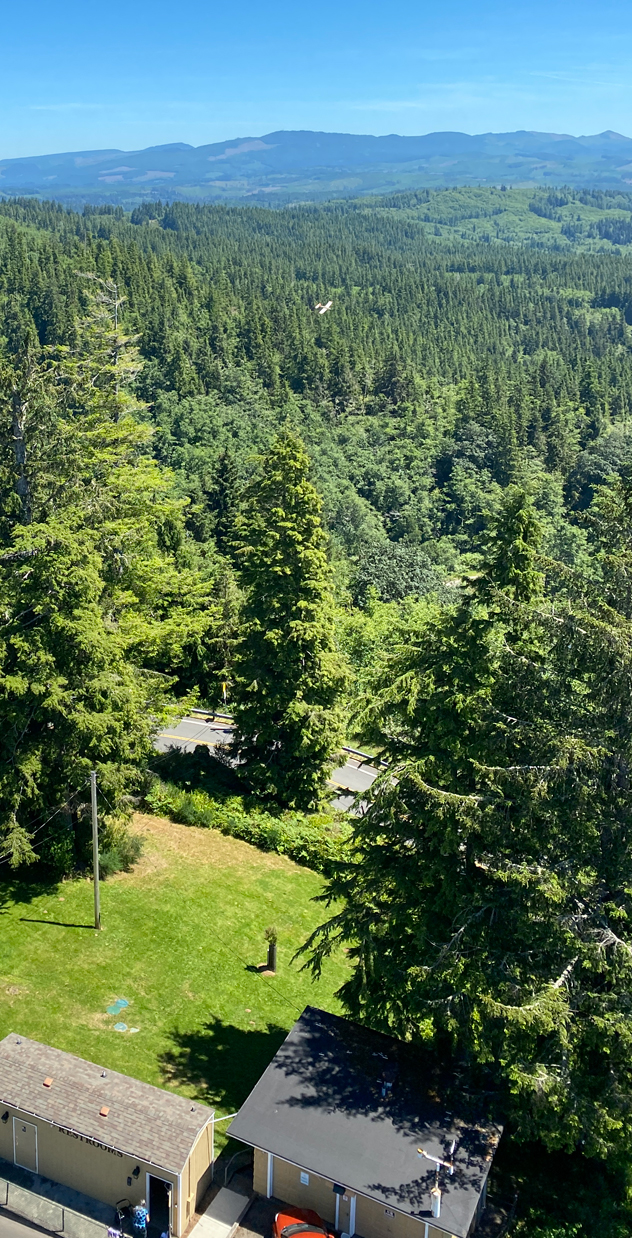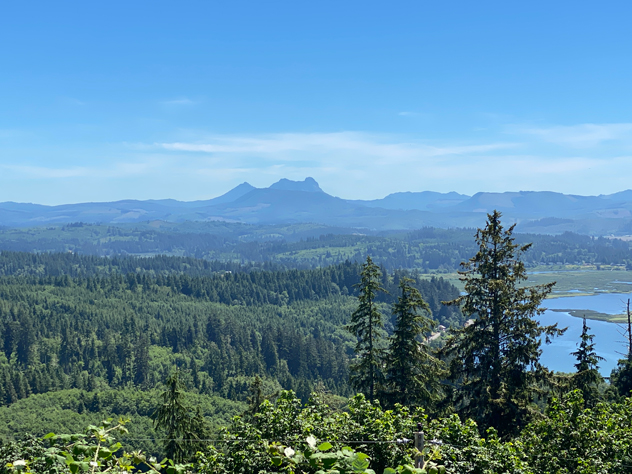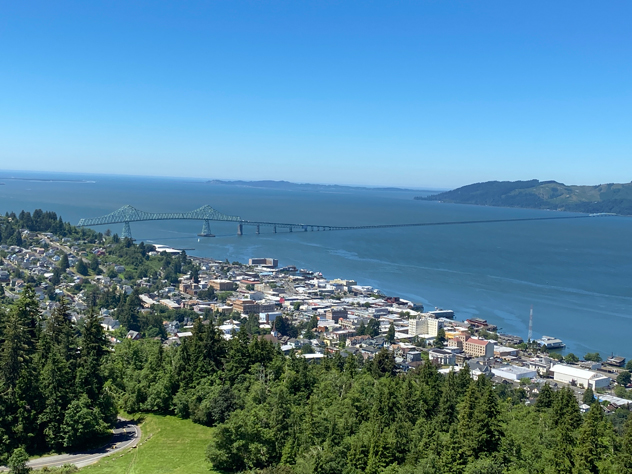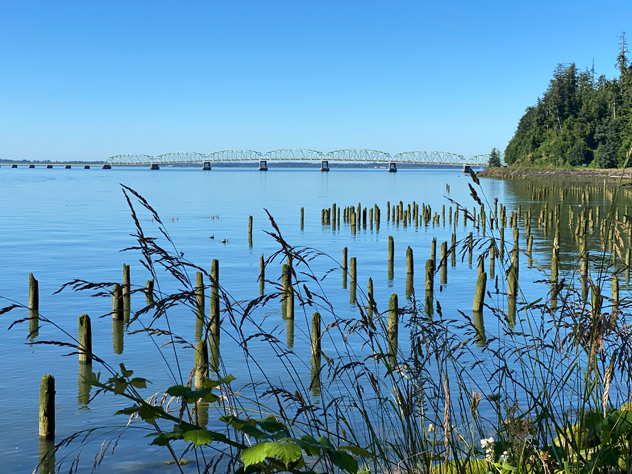“Ocian in view! O! The Joy!” That’s the quote from Lewis and Clark, complete with misspellings. And that is how we are also feeling today. This is the last stop of this caravan. This is the furthest west my rig is going, the south bank of the Columbia River where it meets the ocean.
We hopped on the bus again for one last bus trip. We made several Lewis and Clark stops. Our first stop was Dismal Nitch on the Washington (north) side of the river. Lewis and Clark arrived here in November 1805 and were forced to spend several days here because the weather was so stormy that they couldn’t make any progress to the ocean.
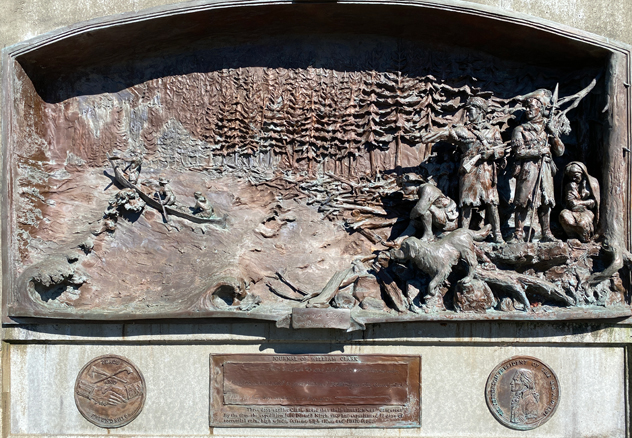
When there was a break in the weather, they made it to Middle Camp, just a few miles closer to the ocean.
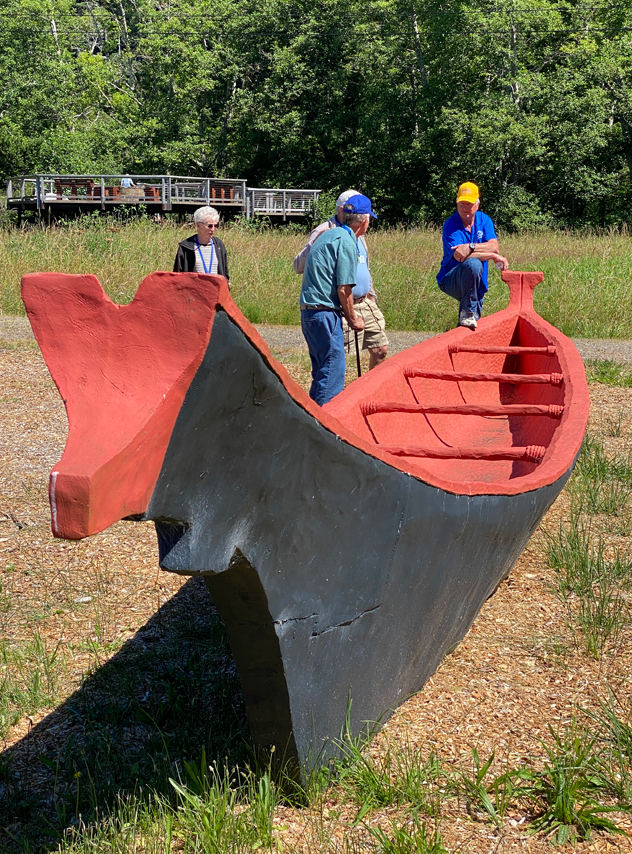
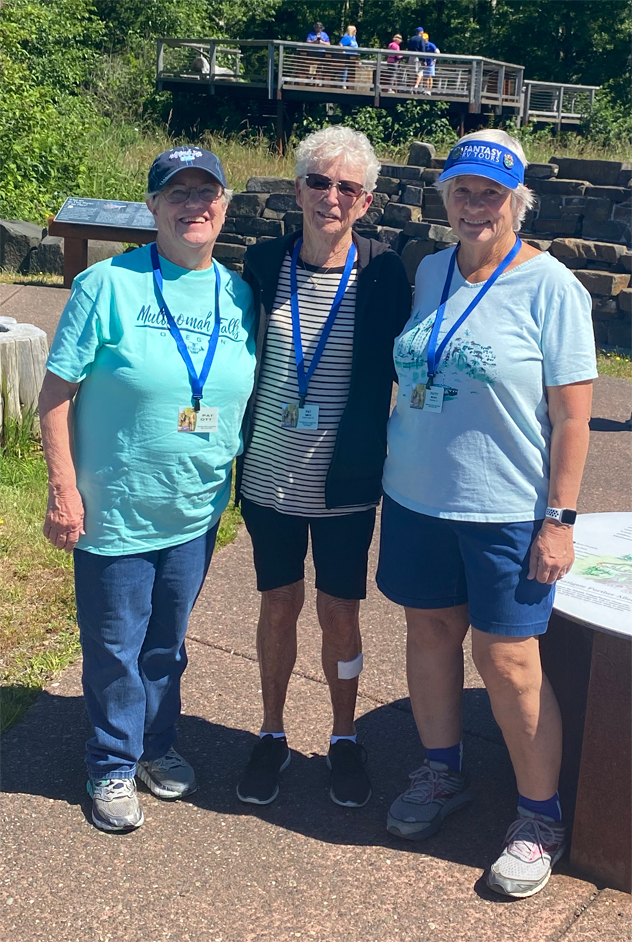
The third stop was the mouth of the Columbia River, and they named this Camp Disappointment. Do you see a theme here? Lewis and Clark and company were miserable the winter they spent on the ocean because they were always so wet and cold. (This stop was actually the next day. Photos later.)
Since Camp Disappointment was such a disappointment, they voted and decided to move to the southern, Oregon side of the river where the land was flatter, there was a hill to shelter them from the weather coming off the ocean, and more game for them to hunt. Here they build Fort Clatsop, our final Lewis and Clark stop.
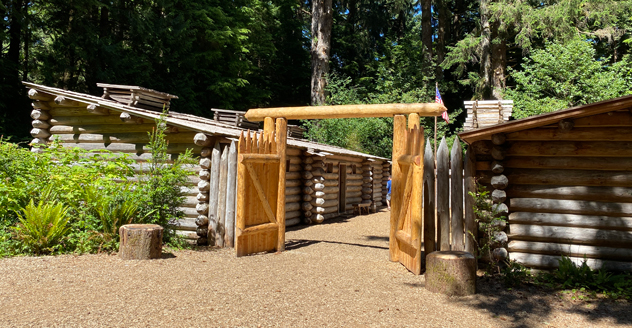
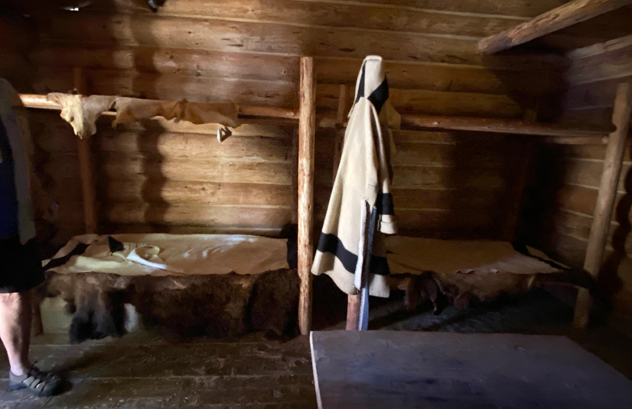
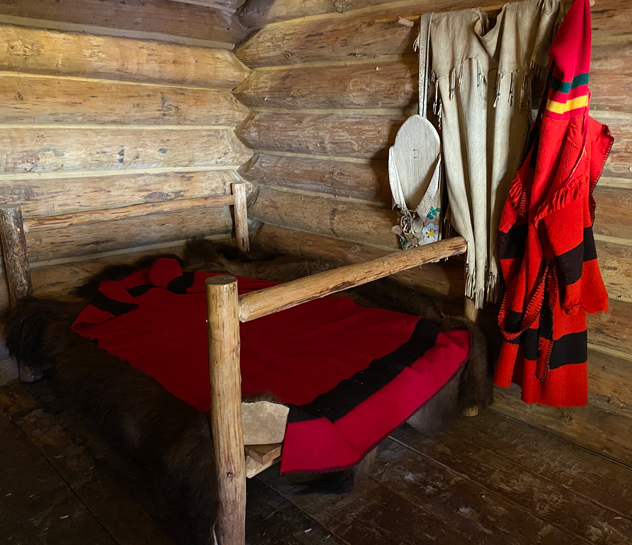
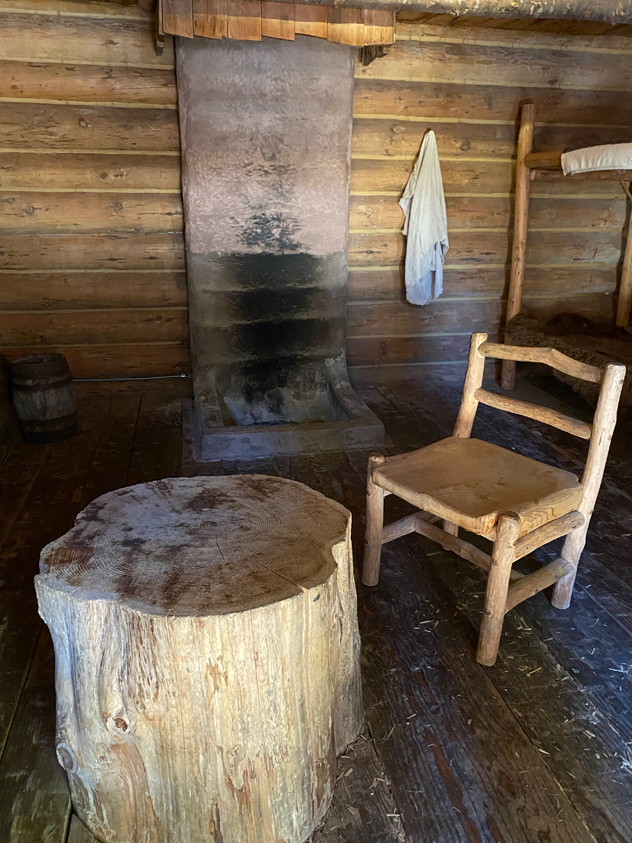
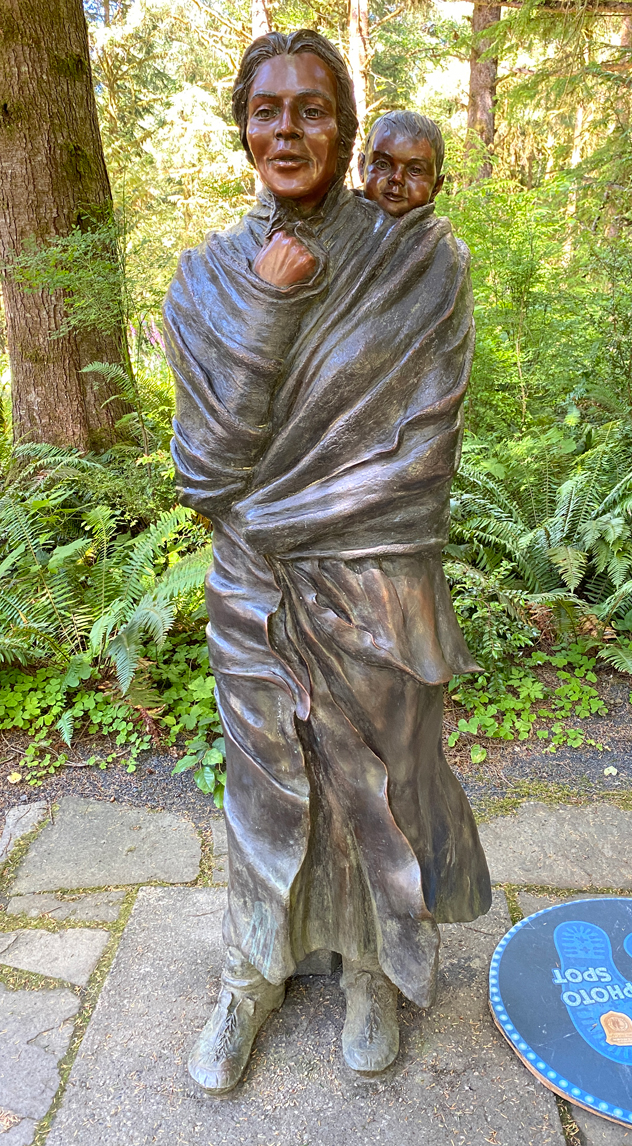
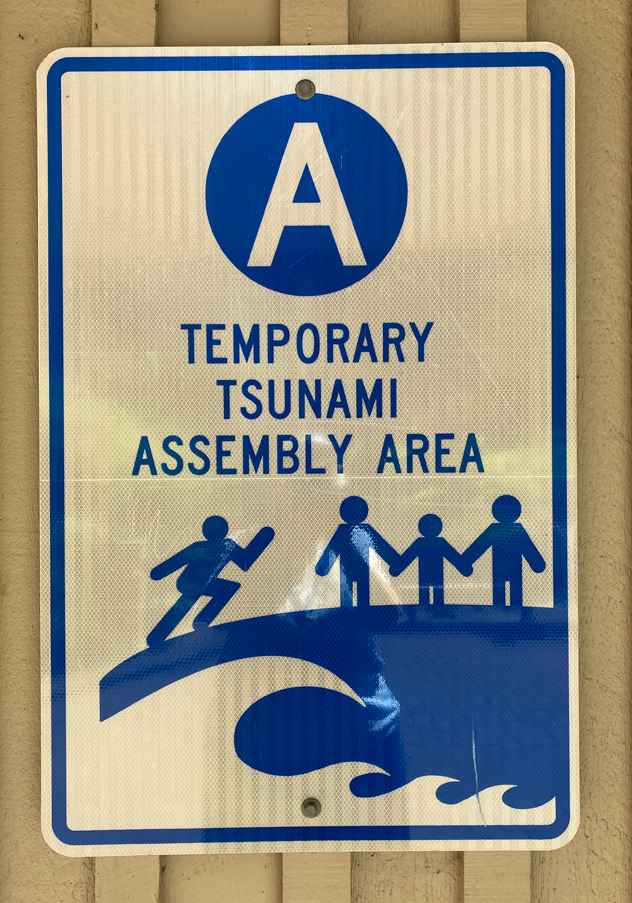
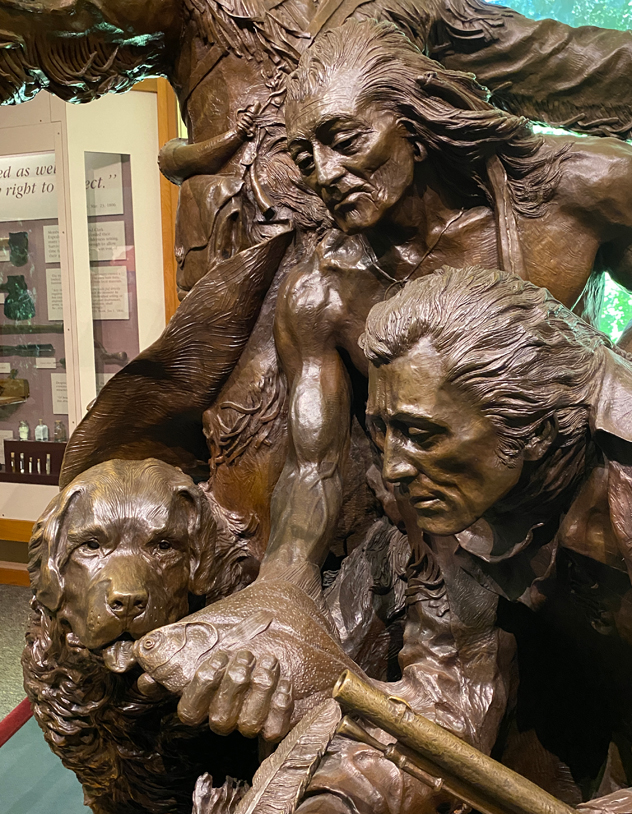
It wasn’t all Lewis and Clark. We also stopped at a place they call Knappton Cove Heritage Center. Back in the 1870’s this place used to be a salmon cannery. In 1890, they sold the cannery to the US government to use as a quarantine station, so it was much like a western Ellis Island where they would check all incoming immigrants for pests and disease. When the government made bigger and better facilities elsewhere, the current owners bought the property at auction and turned it into a fishing camp. So the museum here was a mesh-mosh of information about canneries, quarantines, fishing and even a clothespin doll collection.
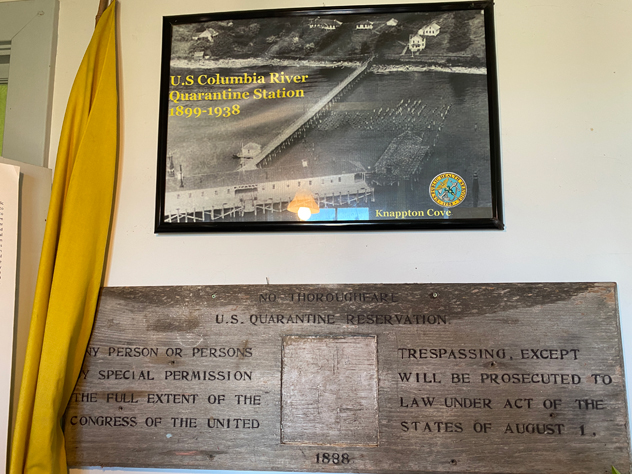
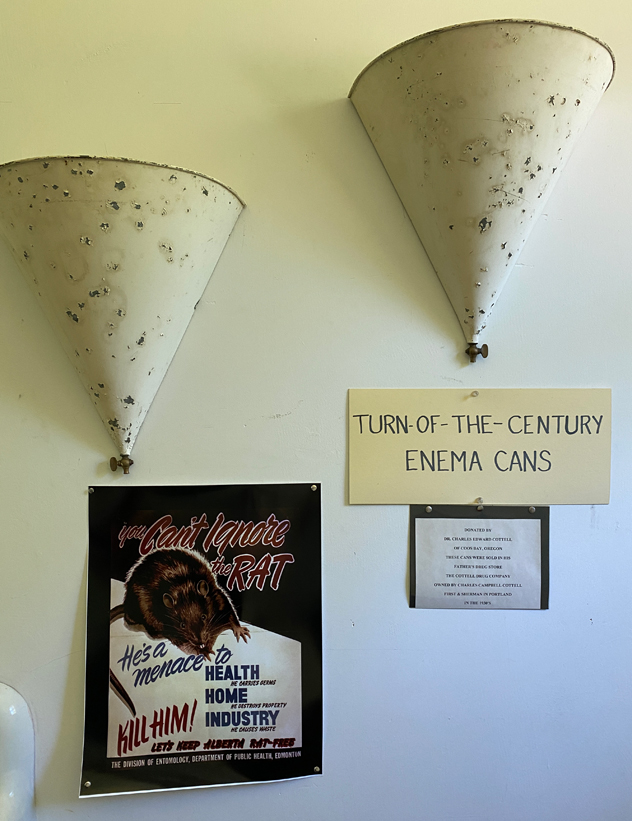
And the final fun stop was the Astoria Column. The column has beautiful artwork, and the views were incredible.
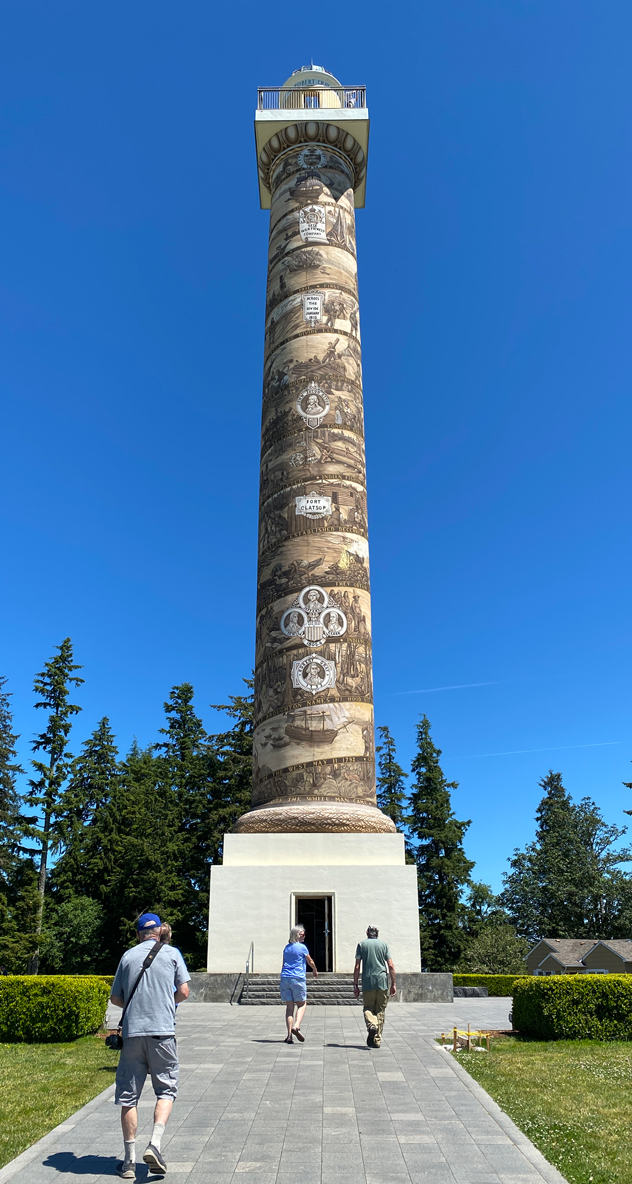
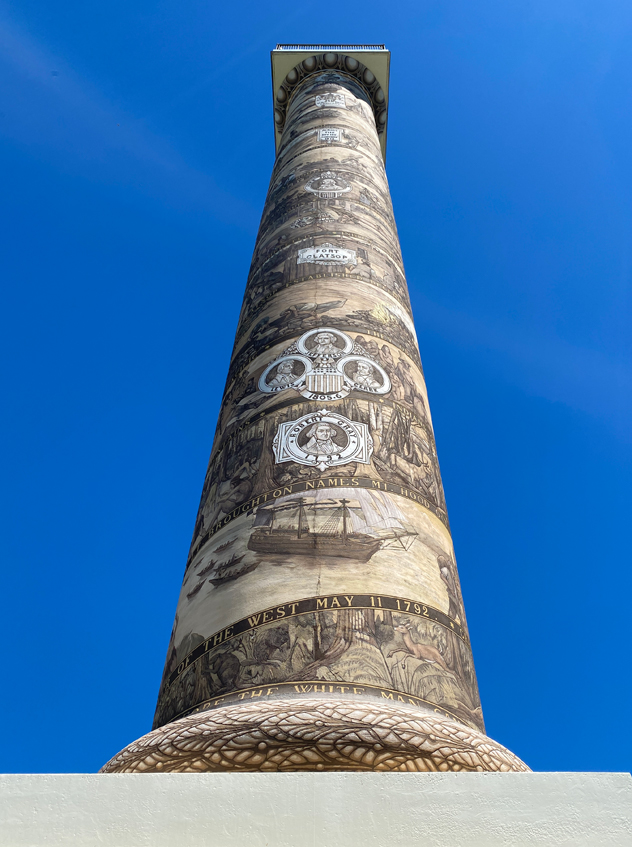
But what made it stand out was that we climbed the 165 steps to the top and all got to sail our own balsam airplane off the top. Just imagine a whole bunch of seniors hooting and hollering because their plane is off soaring in the wind.
